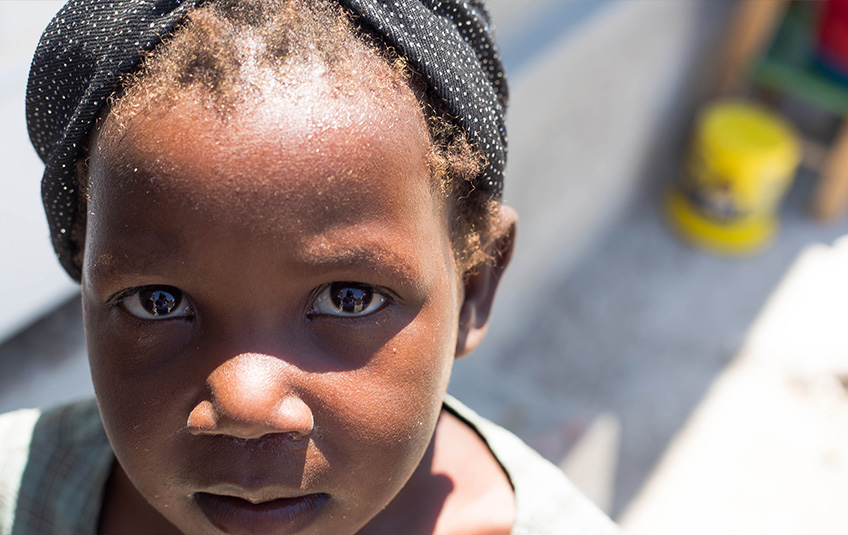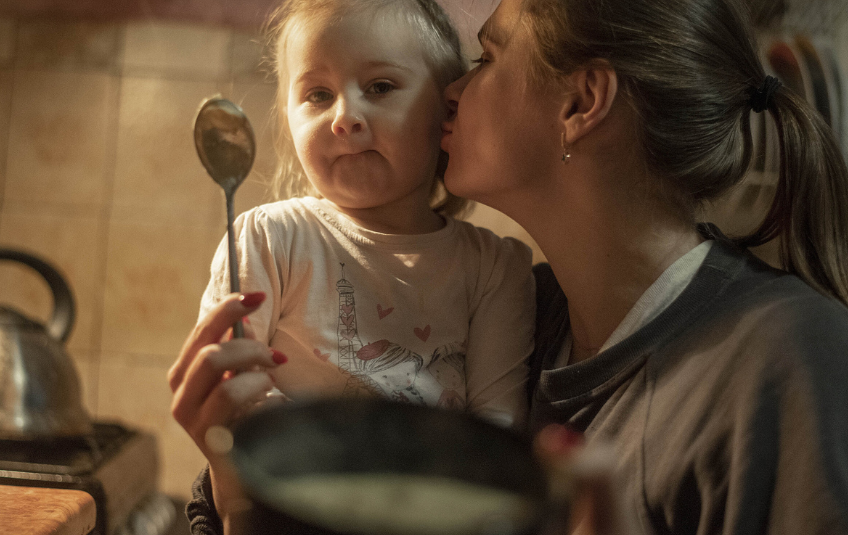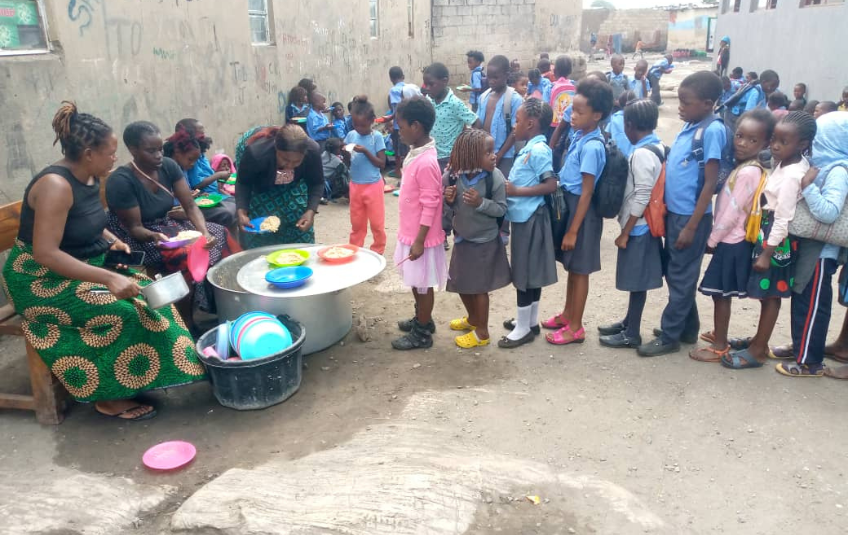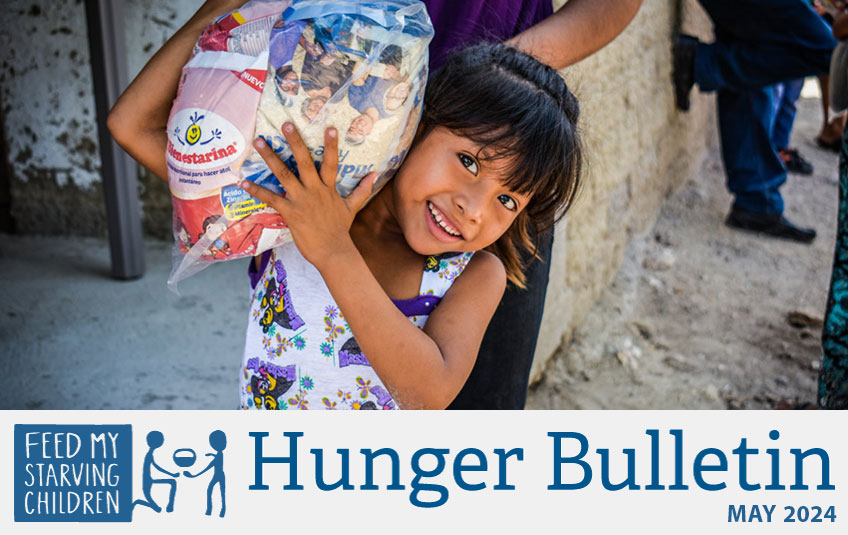The Feed
Stories of Feeding God's Children Hungry in Body & Spirit
Bloated bellies. Orange hair. Protruding ribs.
You have seen children with undernutrition who can be described this way. But it’s not always easy to tell when a child is suffering from a form of malnutrition.
In the Philippines, Janbern’s mother didn’t know she was undernourished. She brought her 3-year-old daughter to our partner International Care Ministries’ clinic for antibiotics for a hurt knee.
When clinic staff examined Janbern, they discovered that she was underweight by more than four pounds. She badly needed balanced nutrition to get her health back on track.
“It never occurred to me that she was malnourished,” mom Bernadette said.
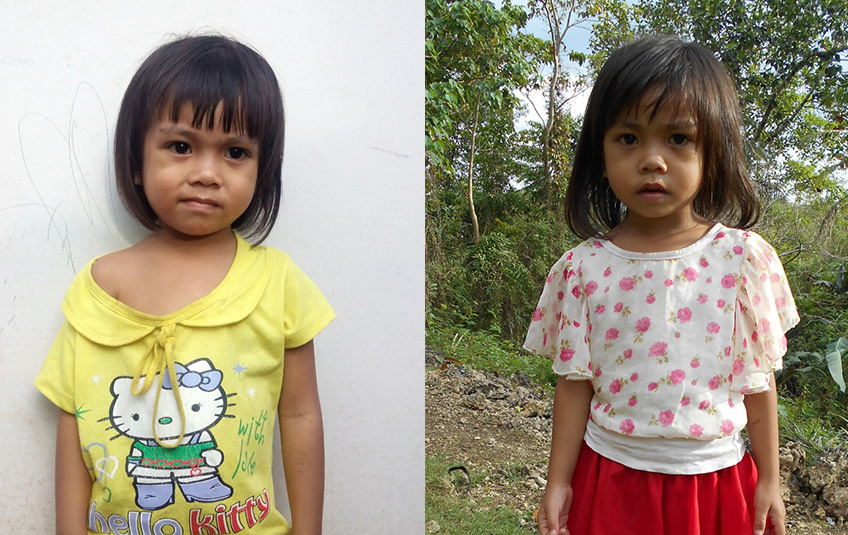
Hunger is complicated. It also exists on a scale. There are different types of malnutrition, including obesity, which is why you'll start seeing us use the term undernutrition more often.
With some facts and data from UNICEF, we’re going to explain the different types of undernutrition to help you better understand the scope of global hunger and what exactly it looks like.
Stunting
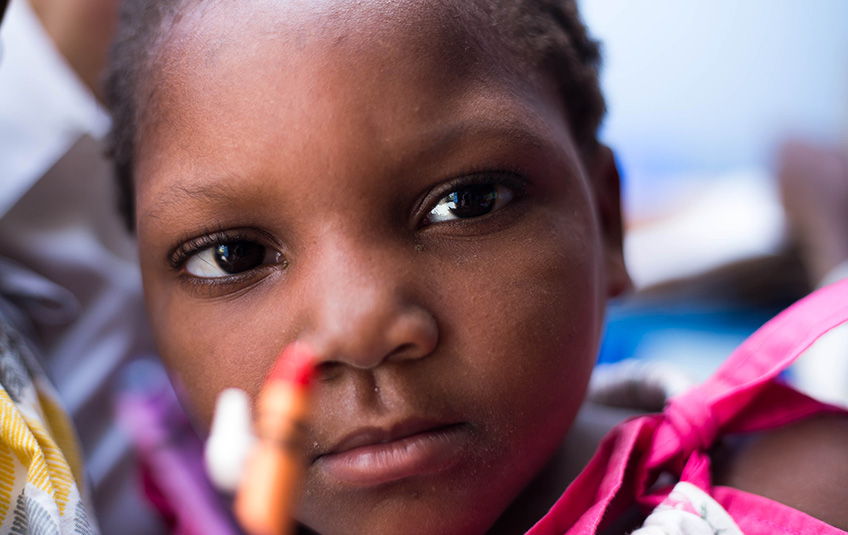
What it is: This occurs when a child is chronically malnourished. This lack of nutrients leads to a lack of physical development in a child. Stunting is also associated with an under developed brain, with long-lasting harmful consequences.
What it looks like: Simply put, a child with stunting will look like they are 6 years old if they are 8 or like an infant if they are 2.
Read more on stunting HERE.
Severe acute malnutrition
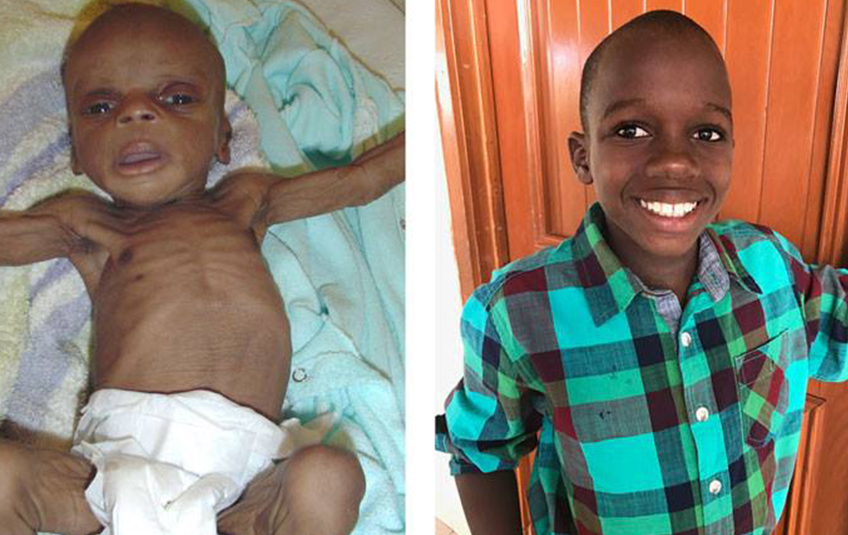
“Severe acute malnutrition is the most extreme and visible form of undernutrition. Its face is a child – frail and skeletal – who requires urgent treatment to survive.” – UNICEF
It is estimated that about 16 million children under the age of 5 are affected by severe acute malnutrition. It is a major cause of death for these children. Some of these deaths are a direct result of malnutrition, while others are due to effects of malnutrition like diarrhea and pneumonia.
Marasmus/wasting and severe wasting
What it is: This is characterized by a rapid loss of fat and muscle. Marasmus is the most common form of acute malnutrition. In its most severe form, marasmus can lead quickly to death.
What it looks like: A child with severe wasting is emaciated. These are the heart wrenching images you see of children whose skin is hanging off and whose ribs are protruding.
Kwashiorkor
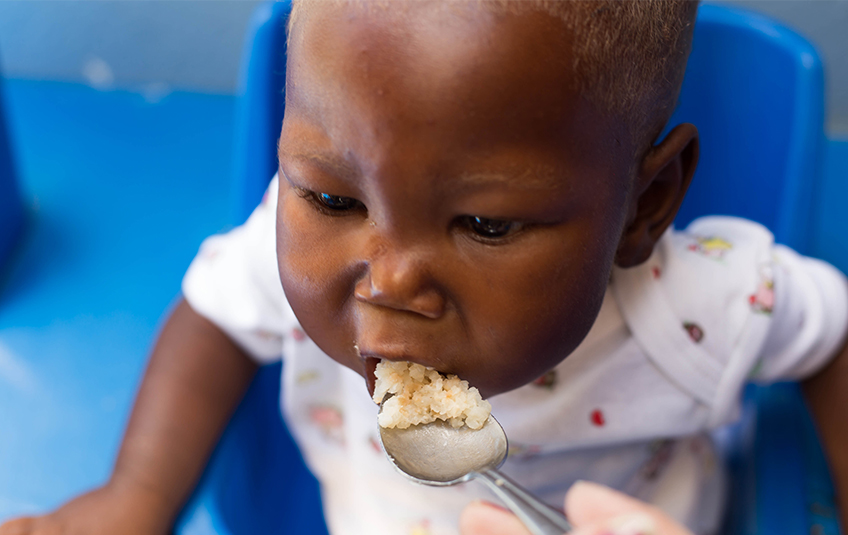
What it is: Often called Kwashi, this is caused by nutrient deficiencies. All cases of kwashiorkor fall under the category of severe acute malnutrition.
What it looks like: Kwashi is what causes a child’s hair to be orange. It also causes the painful swelling you hear us talk about and can explain why sometimes children have to LOSE weight before they can start becoming healthy. These children will often have painful sores on their skin.
Marasmic-Kwashiorkor
What it is: This form of severe acute malnutrition is a combination of kwashi and marasmus.
What it looks like: These precious children are not only emaciated, but they are bloated and have sores on their skin.
Hunger into Hope
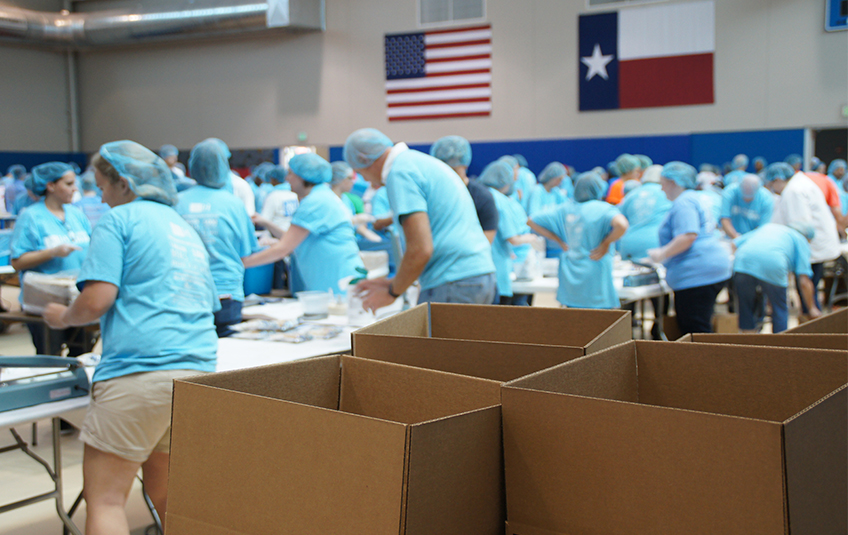
Janbern, our little girl from the top of this story, recovered after 12 weeks on a steady diet of MannaPack Rice™ through our partner International Care Ministries. As her weight improved, her body grew fuller and her skin took on a healthy glow.
Meanwhile, her mother was able to learn about health, hygiene and nutrition so she can care for Janbern in the future.
We have seen child after child suffering from different forms of malnutrition – from mild to severe – find hope and healing after being introduced to MannaPack meals.
This is why what you do for two hours in the packing room matters. When you pack and fund FMSC meals, you are making more of a difference than you even realize. You are not only saving lives, you are helping provide a better quality of life for the millions of children affected by all forms of malnutrition.
Thank you for feeding kids. Hope truly does start with food.
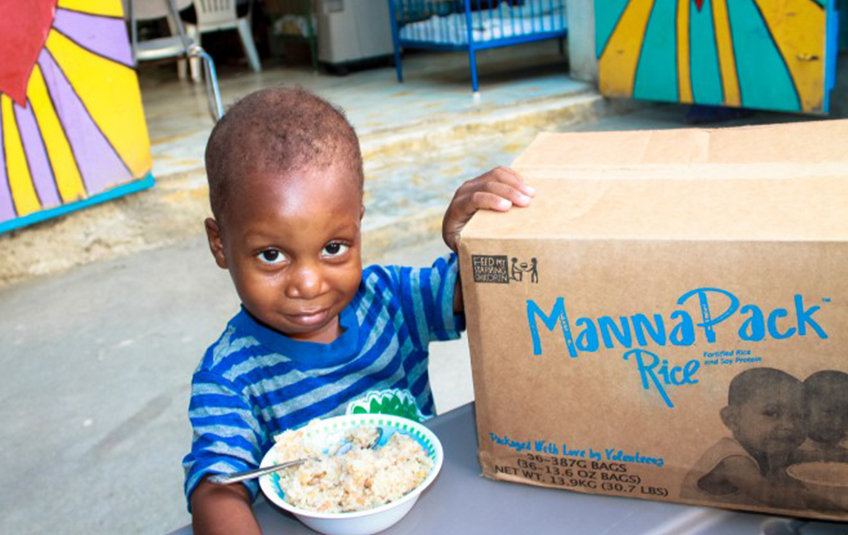
Subscribe to The Feed
We'll periodically send stories of hope to your inbox.

